By: Genesis Moreno
“What do you want to be when you grow up?” was the single most definitive question I was asked in 3rd grade. Anything from official food taster to Olympian were up for grabs, but among the chorus of rowdy responses were the kids with their hands raised patiently, waiting to be called on— the doctors, the firefighters, the lawyers. The leaders of tomorrow.
Since brown bag lunches and boxed apple juice, the cost of education has risen over 300% in some categories over the past seven years. The means (or lack thereof) to pay for school has discouraged many dreamers from pursuing higher degree programs, especially nurses.
A study published in the Nursing Economic$ Journal, surveyed working nurses under the age of 60 from two major healthcare systems about their plans to return to school, educational barriers they perceived, and the amount of college debt they owed. Researchers, Jones-Schenk et. al posed a correlation between student loan debt and an unwillingness to hit the books again. They were spot on:
Out of 1,299 respondents, over 69% reported student loan debt with 39% below $25,000 and 30.5% above $25,000. Nurses who accrue over $10,000 in interest on their student loans consider repayment an adverse factor when deciding to go back to school.
As Student Loan Debt rises, academic progression declines… especially among young nurses with bigger debts and less income.The snowball effect of educational debt may seem like an obvious symptom of higher learning, but why is it important that nurses continue to develop their profession? Academic achievement in the healthcare system is correlated with healthcare safety, quality, and workforce development.
When nurses invest in their own academic development to achieve exceptional levels of expertise, it’s a win-win for everyone. Accordingly, higher education in healthcare is linked to lower mortality rates, fewer medication errors, and positive patient outcomes.
52.7% of the nurses surveyed who had either no degree or an Associate’s were less inclined to go back to school than nurses who had pursed higher learning.
As the healthcare industry becomes more complex, dynamic, and experiences shortages in nurses, the value of educational commitment and lifelong learning needs to be weighed over cost.
But how can nurses feel confident to continue their education when loan servicers bombard borrowers with nonstop phone calls, emails, and bills that cost an arm and a leg? Student Loan Repayment is a speed wagon catching borrowers in the headlights before they know what hit them: a monthly payment they can’t possibly afford.
It begs the question: is going back to school worth it? Many nurses are unaware of a major resource that can curve the hardball of Student Loan Repayment. Student loan debt solutions programs offered by the Department of Education ensure much of the student loan debt and the accruing interest that piles onto the debt is forgiven after a repayment term is complete. The term can range from 10 to 20 years.
Student Loan Forgiveness reassures ambitious learners that after a certain number of qualifying payments their remaining balance is discharged. My Education Solutions, a consumer advocacy organization based in San Antonio, was founded to make Student Loan Forgiveness accessible to just about everyone, successfully enrolling 3 out of 4 borrowers who apply for forgiveness.
The rising cost of education and the ensuing debt can make going back to school seem like a tough decision, but there are resources that can make student loan repayment affordable, manageable, and, constructive when debts are forgiven.



